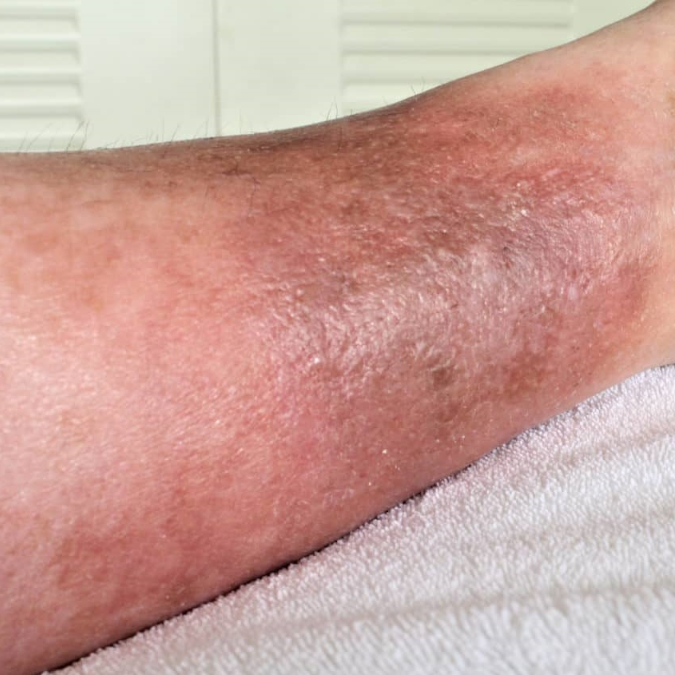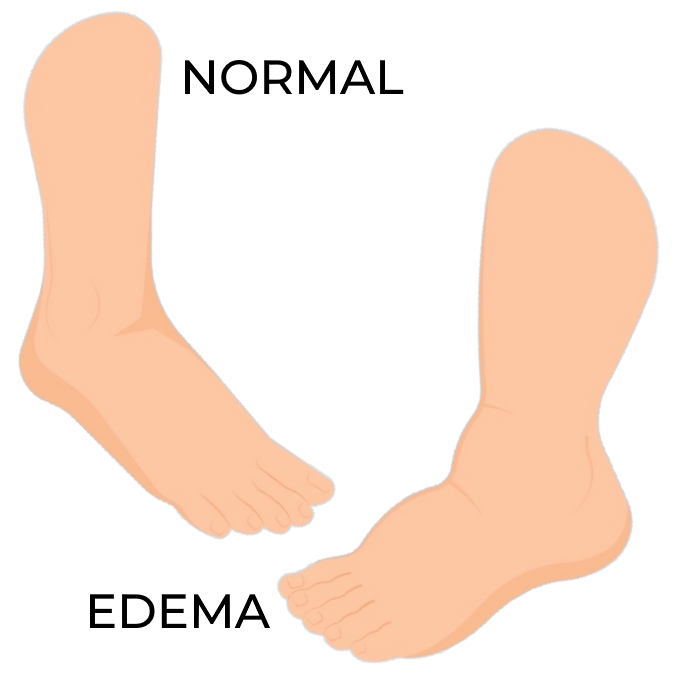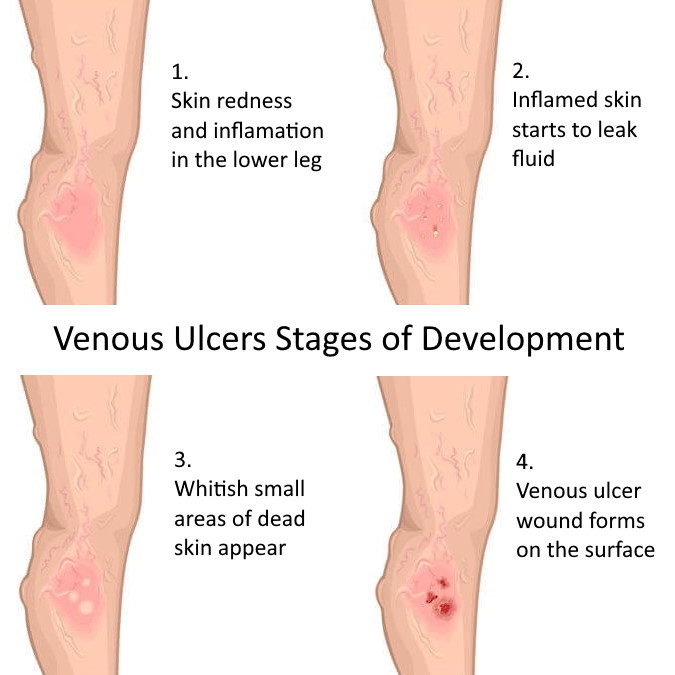Wound Care
Conditions Treated
Skin and wound conditions are superficial complications that can arise from accidents and injuries to chronic illnesses or aging.
Learn about the conditions our providers commonly treat.

Find a provider

- Contact dermatitis is caused by an allergic reaction to something that touches the skin.
- Eczema, which causes dry, scaly patches, is also called atopic dermatitis.
- When the skin blisters and becomes dry and itchy, dyshidrotic dermatitis occurs due to the skins inability to protect itself.
- Lastly, seborrheic dermatitis presents as dry, scaly patches on the face and chest. It is often found in infants.
Our expert wound care providers specialize in long term relief from the discomfort, burning and itching associated with dermatitis.


Find a location near me


